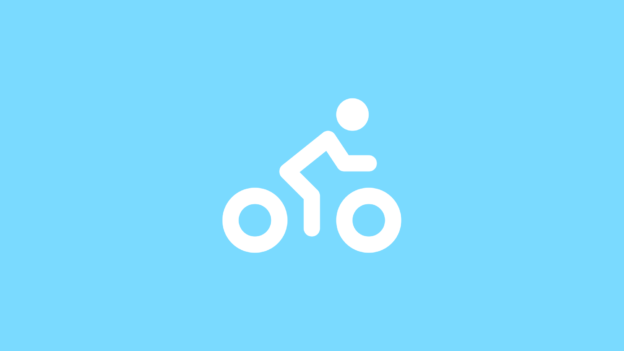Sport & Exercise Science
Sport and exercise science is a multidisciplinary field that combines principles from physiology, biomechanics, psychology, and nutrition to study the human body's response to physical activity and exercise.
Course
Sports science is a multidisciplinary field that combines principles from physiology, biomechanics, psychology, and nutrition to study the human body's response to physical activity and exercise. It encompasses a range of topics related to sport and physical activity, including training and conditioning, injury prevention and rehabilitation, performance analysis, and nutrition.
Course Content
You don't have any notes!
Create notes in the course and they will appear here!
[bb_posts_list forum_id="20285" page_breadcrumbs="Subjects > General Learning"]
General
Sports Science
0 / 35 Lessons


